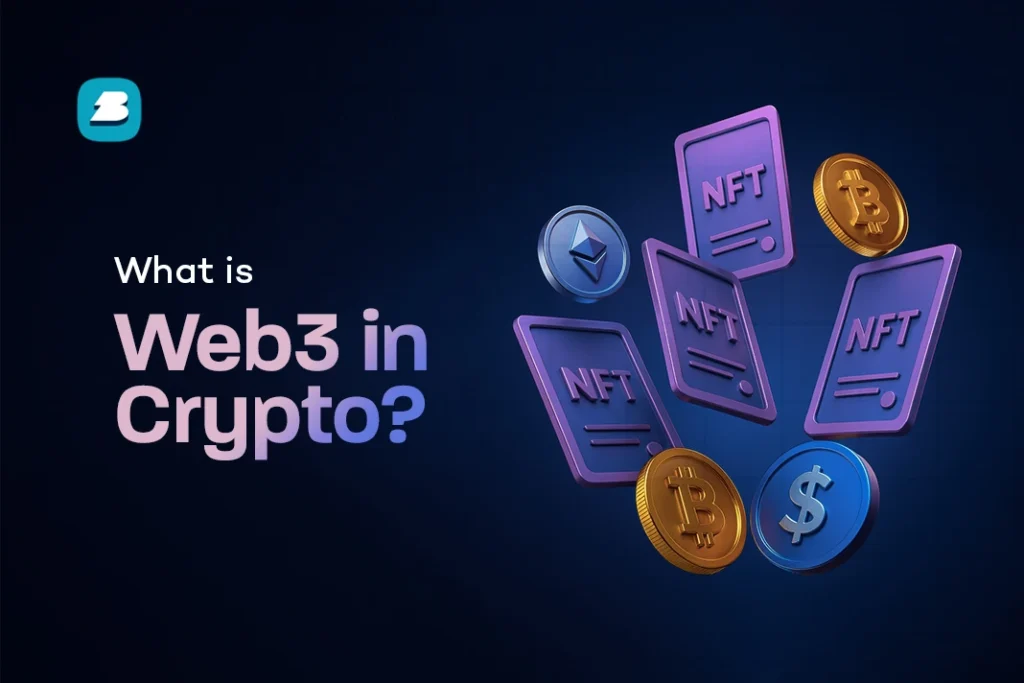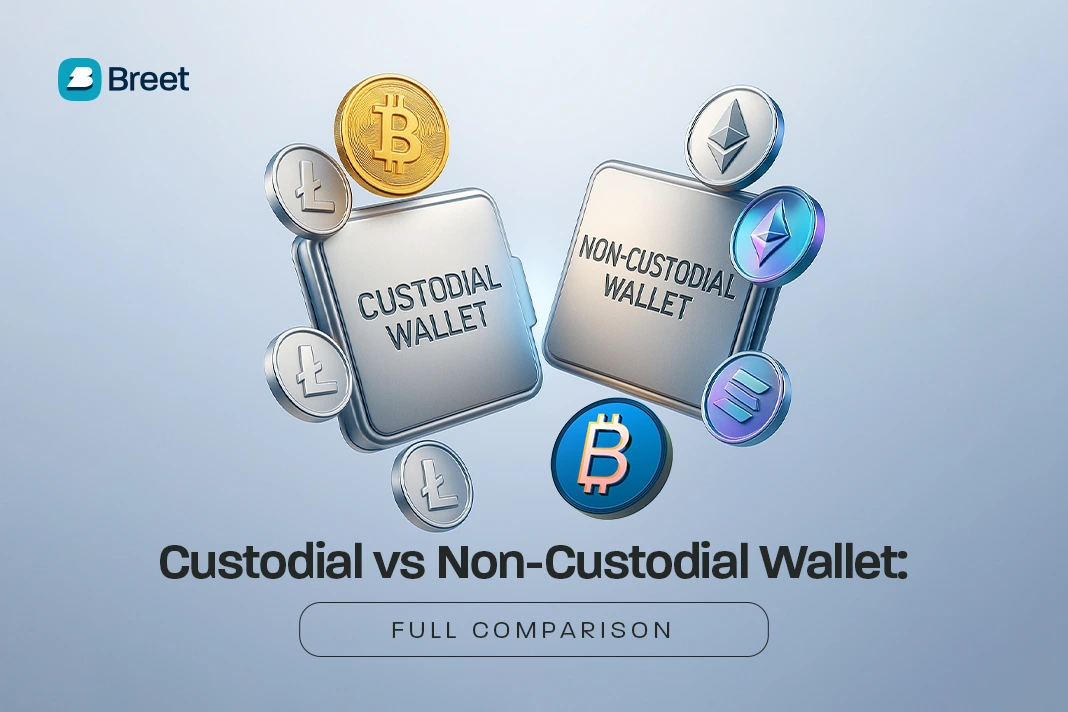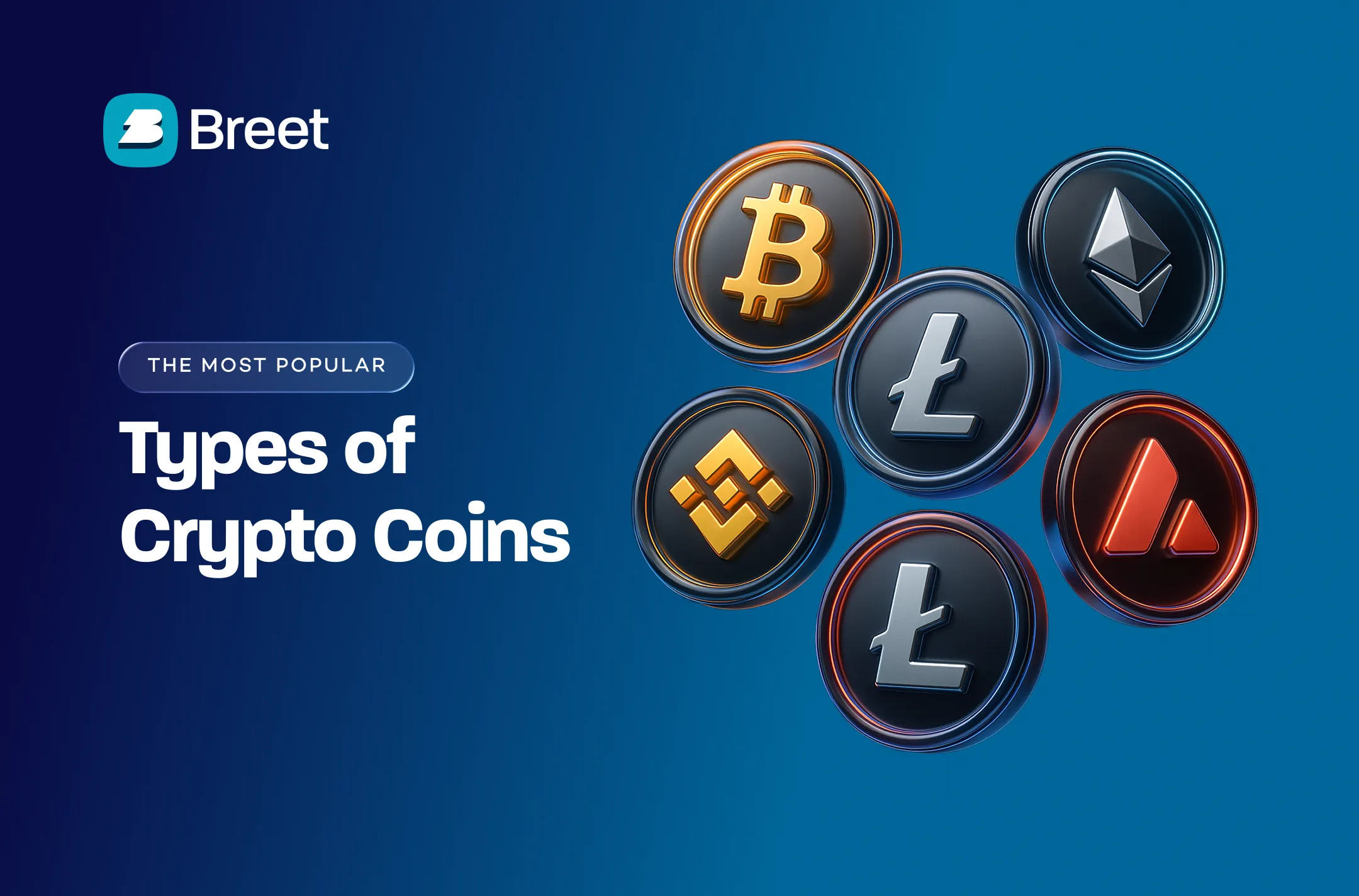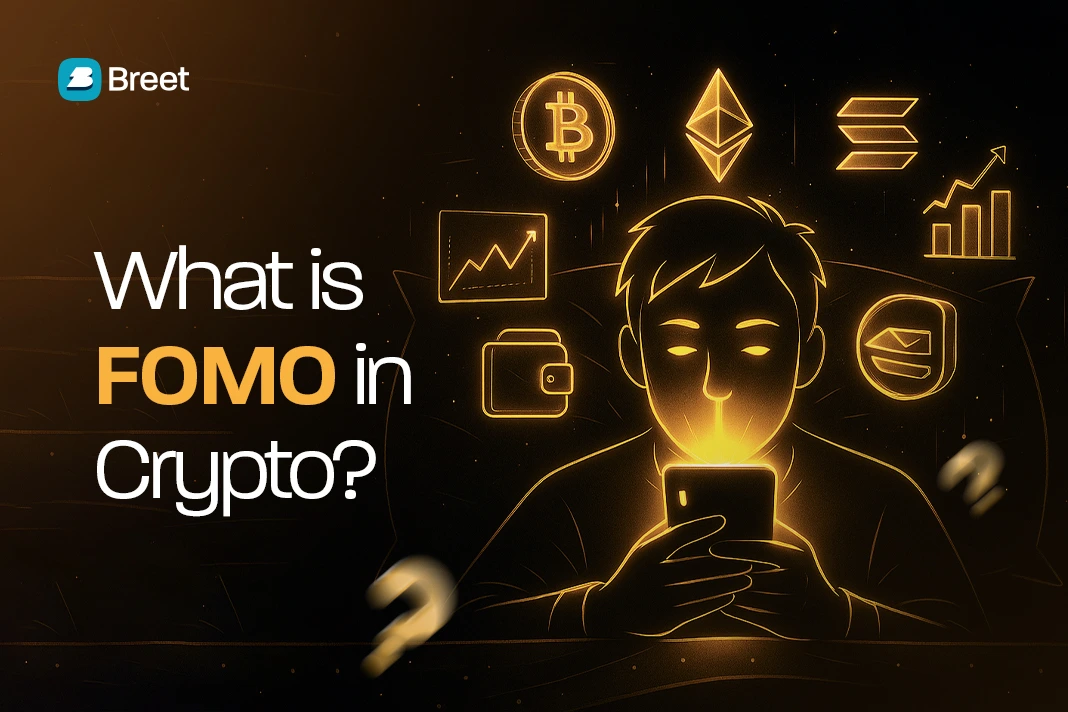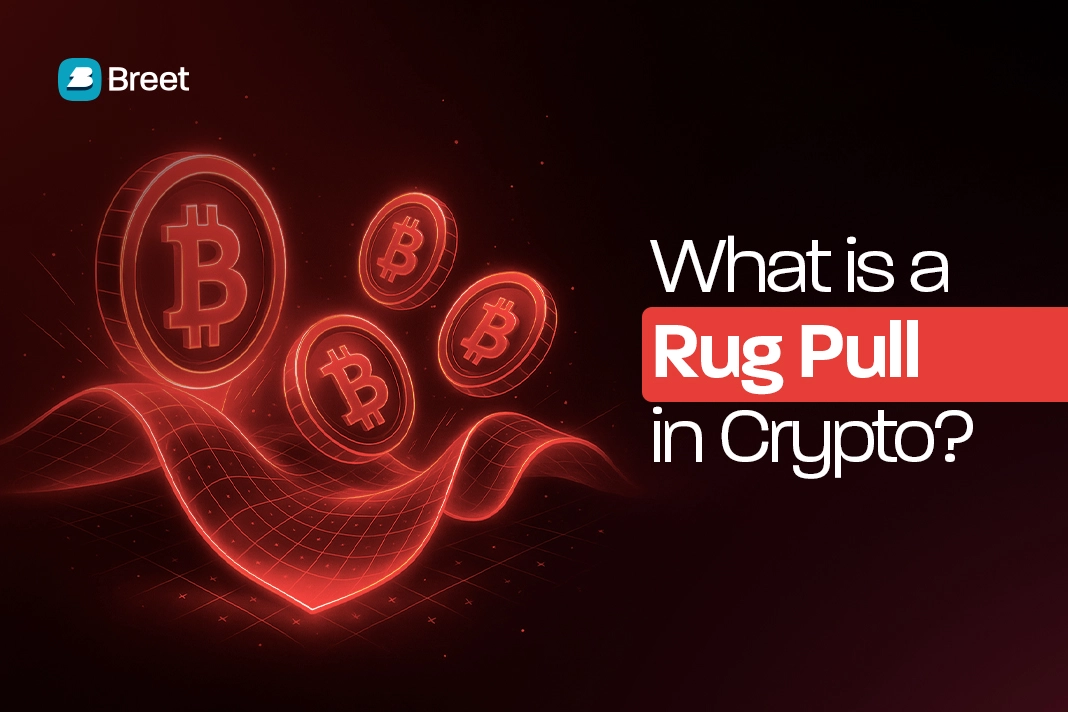Web3. The word itself has become a buzzword in recent times. Many people just assume it is synonymous with crypto. Developers, crypto traders and investors, and everyday internet users alike regularly misuse the word.
The internet was built on the foundation of global social networks and big startups. A small number of enterprises known as big tech control a large chunk of the previous iteration of the internet and users data on it.
So what is Web3 in crypto? And how has this shifted the paradigm from centralised server processing and exploiting user data to something different?
To fully understand Web3 you need clear context on its history, fundamentals and core features. Iterations from static websites to social platforms to something different. This article will unpack that.
Understanding Web3: The Next Evolution of the Internet
Over time since the first time the internet was introduced in the 90s, different “versions” have sprung up. Each version adds more features and removes some old ones.
Web 1
The first is Web 1. This was basically a giant library where you could only read stuff online and click through simple text based pages. No crazy animations or interactions. No likes, comments or posts. Just read and move on.
Web 2
The next is Web 2. This is today’s internet. It is made up of social media platforms like Tiktok, Instagram and Youtube and e-commerce websites like Amazon and Shopify.
You can like, comment, share posts and interact in all types of ways. However, these big platforms control everything. They own the data they harvest from the users and they make all the rules.
Web 3
Now, imagine you make the rules concerning your own data. Imagine you control your own posts, online assets and digital identity. This is what Web 3 brings.
With blockchain technology and smart contracts, Web 3 lets you run and interact with decentralised apps on your own terms without needing to share your information with a middleman.
Future Versions (Web 4 & 5)
Asides the first three iterations of the internet there are also theoretical versions like Web 4 and Web 5.
Web 4 basically proposes humans co working with virtual and augmented reality and autonomous artificial intelligence agents in real time to solve basic every day tasks.
Web 5, is a mix of Web 2 and Web 3. It tries to bring the decentralised idea from Web3 so you still control your data while also being social and interactive like Web 2.
Basically, Web 1 is read only, Web 2 is read and write, while Web 3 is read, write and own.
Related:
Core Features of Web3 in Crypto
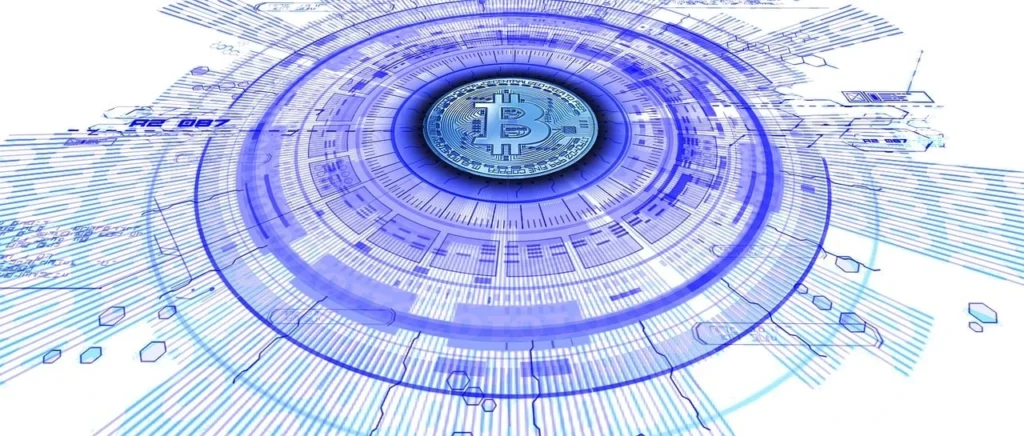
Here are the fundamental features that define Web 3:
- Decentralization: This is the core tenet of Web 3. Centralisation of power on the internet was one of the problems Web 3 sought to address. Instead of centralised servers, data is stored on distributed, trustless networks. This eliminates monopoly of data by one single entity
- Blockchain technology: The launch of blockchain tech facilitated the advent of Web 3. It is the infrastructure on which Web 3 runs. All transactions and smart contract interactions are recorded on the distributed ledger which is the blockchain. Everything is verifiable on chain.
- Smart contracts: They are basically automatically executing agreements. Specific functions are triggered when specific conditions are met. Smart contracts came with Ethereum and has since become the standard for building decentralised apps which are components of Web 3.
- Decentralized Autonomous Organizations: DAOs are the governance system of Web 3. They are made up of members of the crypto community and aim to replace centralised decision making with a transparent, vote-based alternative.
Why Web3 Matters for Crypto Users
Web3 introduced true ownership of digital assets for crypto users. Previously if you bought a skin in a game or a movie from iTunes, you only purchased a provisional license to use the item.
It can be taken back at any time. On Web 3 however, with the introduction of non-fungible tokens, you can truly own the asset. Your ownership is publicly recorded on the blockchain and you possess the cryptographic key to that NFT in your wallet. Basically, it’s yours.
This introduces new opportunities to invest and build in a different type of internet that provides ownership and exchange of ownership of digital internet assets with minimal interference by middlemen, big tech or the government.
Related:
- Bitcoin Halving: What is it & When is the Next One?
Challenges and Limitations of Web3
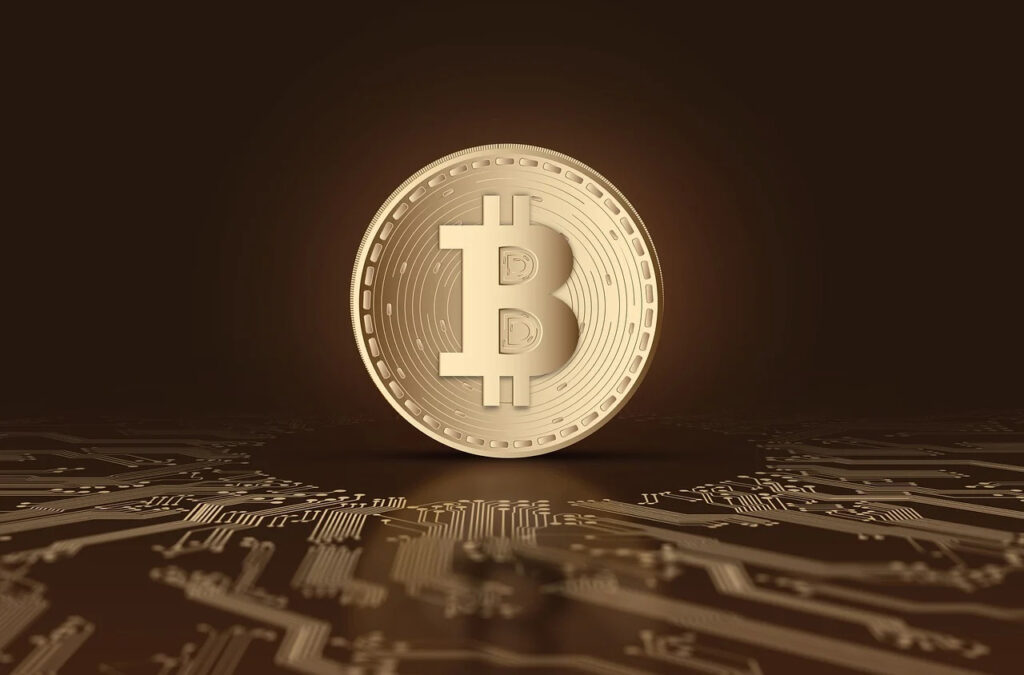
It’s not all roses however. Web 3 still experiences significant limitations to being as globally adopted as its predecessor, Web 2. They are:
- Scalability: This is one of the biggest challenges. Major blockchain networks like Ethereum already experience massive scalability problems and with less than 10% of the world being crypto users. Layer 2s attempt to solve this but it’s not nearly enough to cater the userbase Web 2 supports.
- Regulation : Many different countries have already put some sort of regulatory restriction on cryptocurrency. The blockchain and crypto is still a relatively new technology and many countries don’t have robust laws to govern them properly yet. The lack of clarity creates uncertainty for businesses and investors.
- User adoption: Global adoption is another huge limitation. Only 6.8% of the world currently use crypto. To some people, private keys, wallets and NFTs are just too complex and to others, it is “magic internet money” which will fade away. User experience has not become 100% seamless for regular people for many functionalities like bridging and trading. While Web3 is exciting, it can also be confusing. For new projects, things like getting users or dealing with security can be big challenges. Getting help from a team that knows this stuff inside and out is a smart move. An experienced Web3 marketing agency can make these complex topics easy to understand for everyone, which is key for getting people to use your project.
- Security Risks: Decentralised platforms are no stranger to hacks. While the blockchain itself is secure and protected by cryptography, dApps and DeFi platforms built on it are more susceptible to attacks.
- Energy Consumption: Many blockchains including Bitcoin and early forks of Bitcoin make use of a Proof of Work consensus mechanism. This means for each block to be verified on those networks, massive amounts of energy and compute is needed to solve the block problem and enter a new block to the chain. It is argued that this increases the global carbon footprint unnecessarily and won’t be sustainable long term.
The Future of Web3 and Its Impact on Crypto
The future of Web3 in crypto is interestingly vast. DeFi is already changing how money moves, and even giants like JPMorgan and Visa are currently testing blockchain integrations.
AI could also push Web3 further by making smart contracts smoother and apps easier to use for beginners. Another key step is connecting blockchains. There are so many blockchain networks and interoperability between them is crucial to user adoption. Nobody is trying to use three different bridges to move from ZEC to USDC on Solana.
For finance, the shift is huge. Web3 gives anyone access to tools without banks or gatekeepers, which could change life for the unbanked and challenge traditional finance.
Recommended:
- Crypto Crash: What is it & Why Does it Happen?
Frequently Asked Questions About Web3 in Crypto
What is a Web3 Example?
A good example is Uniswap. Uniswap is a decentralised exchange where you can trade ERC-20 and BNB tokens directly from your wallet against an Automated Market Maker without any centralised authority. It is fully controlled by smart contracts.
How is Web3 different from Web2?
Web2 is controlled by centralised corporations that own the platforms, assets and data. Web3, on the other hand, is built on a decentralized model that allows users to own and control their assets and interactions directly.
Can you use Crypto without Web3?
Yes. You can technically hold cryptocurrencies in your wallet without using Web3 or decentralised applications. Web3 however expands the usefulness of your crypto from just trading to decentralised finance, DAOs, NFTs and much more.
What are Web3 Apps?
Web3 apps, also known as decentralised apps(dApps), are a kind of app that runs on the blockchain instead of central servers. They are made up of multiple smart contracts under the hood which execute when specific conditions are met. They are the cornerstone stone of Web 3.
What is the difference Between Web3 and the Blockchain?
Blockchain is the underlying technology that stores data in a secure and decentralized way. Web3 is the broader concept that uses blockchain, smart contracts, and tokens to build a new version of the internet where users own their data and assets. In short, blockchain is the tool, and Web3 is the system built with it.
Don’t Miss:
- Paxful Shuts Down: Full Details & Alternative for Nigerians
Conclusion on Web3 in Crypto
So, Web3 in crypto is simply the next stage of the internet built on blockchain, giving people control of their money, data, and digital assets.
Web3 brings together decentralization, smart contracts, DAOs, and token based economies to power things like DeFi and NFTs, showing real benefits for users.
Although it doesn’t come without limitations and problems with scalability, regulation, and adoption, the direction is still clear. Web3 is changing finance and the way we think about ownership and identity online.
